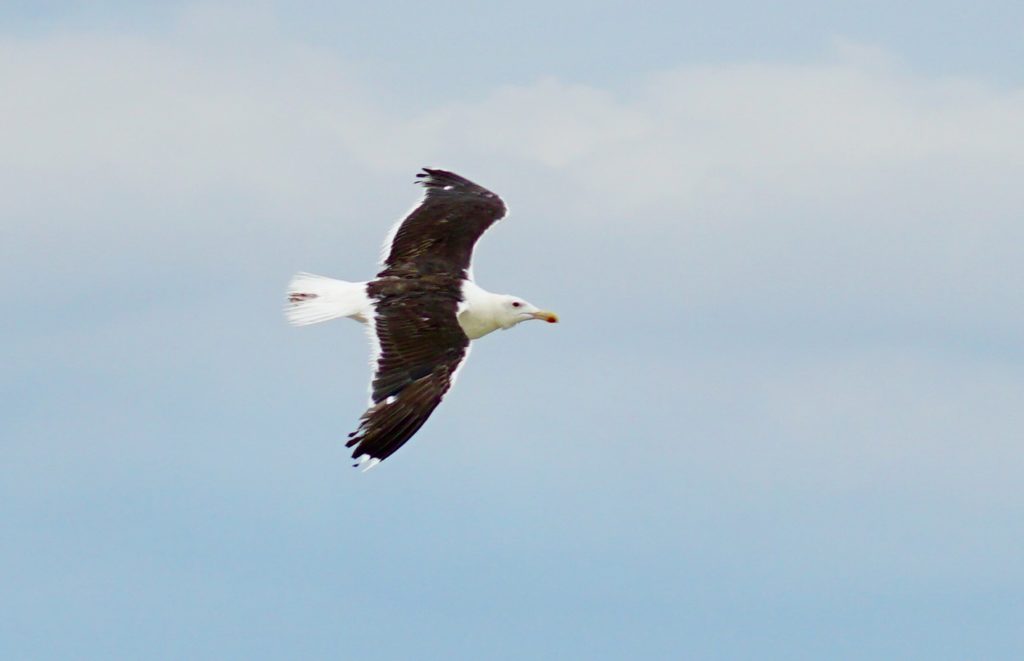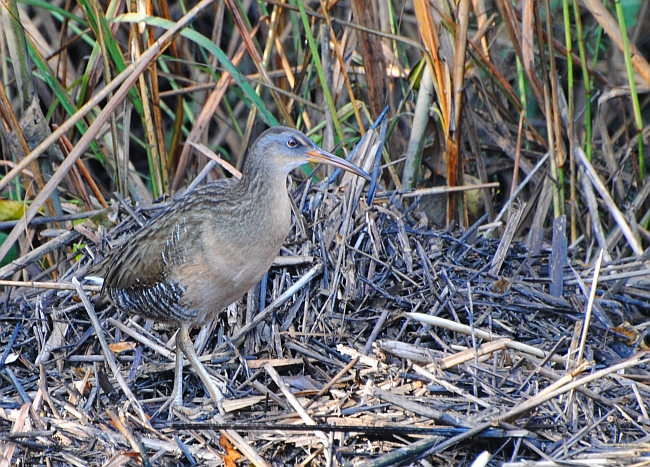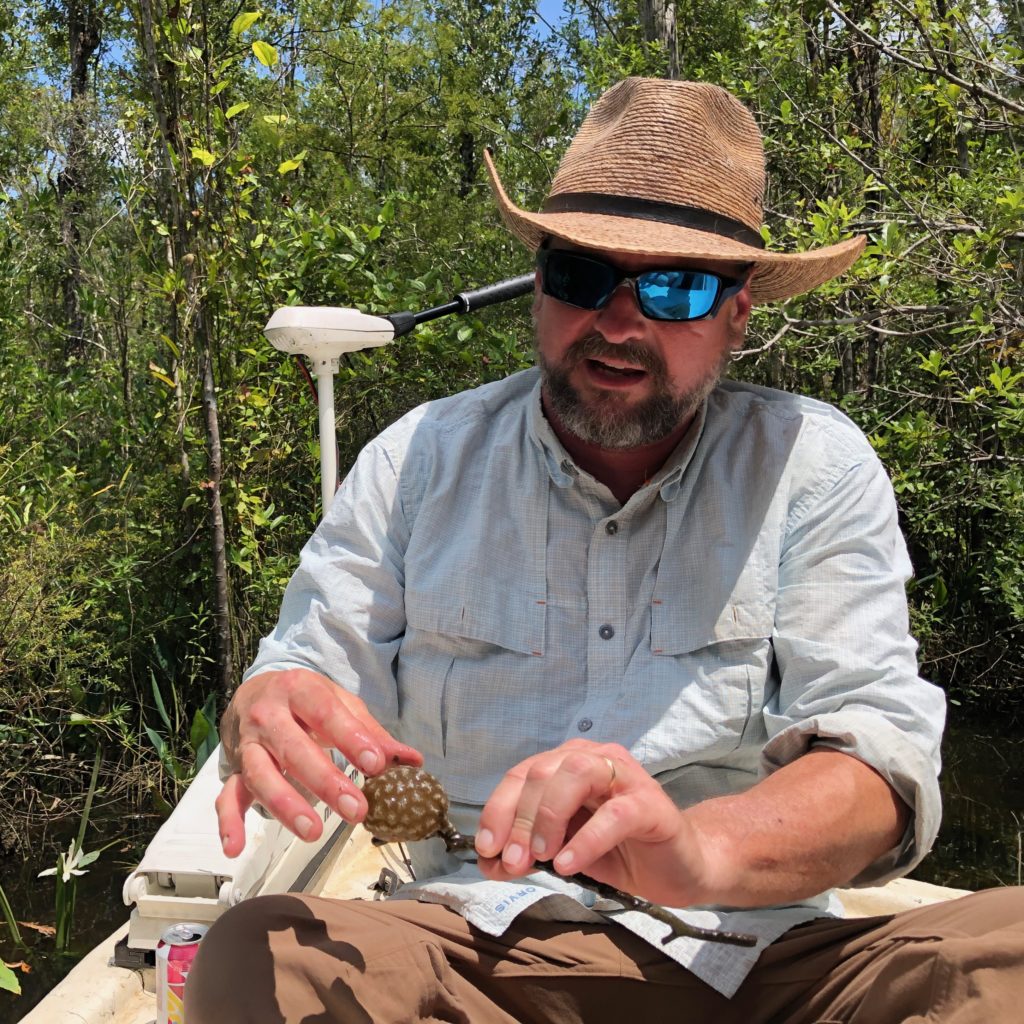Ben Raines Minds the Mobile-Tensaw Delta and Andrew Haffenden Watches Over Dauphin Island
Our guests at this week’s Shorebird School with Andrew Haffenden had the great honor of cruising the lush Mobile-Tensaw Delta with local naturalist, author and filmmaker Ben Raines, whose just-published wildlife conservation book is called Saving America’s Amazon: The Threat to Our Nation’s Most Biodiverse River System.

During our four-plus-hour river cruise, Ben’s deep knowledge about all things Alabama was outshone only by his folksy charm. An environmental reporter for twenty years in this state, his wildlife conservation bona fides are deeply rooted and home grown.
As we moved from one swampy natural wonder to another, part speed boat thrill ride part trolling motor, Ben told us just how special and how diverse the Mobile-Tensaw watershed is.
- It leads the US in average rainfall: 77 inches per year, 22 more than Seattle.
- Its 450 species of freshwater fish lead all states, representing a third of all freshwater fish species in the US.
- Ranging from the Appalachian foothills in the northern part of the state to Mobile Bay, it is easily #1 in aquatic diversity among states, with new species being discovered all the time.
Ben harvested nutty American Lotus seeds for us, and buds of not-yet-uncurled leaves we are told will cook down like mustard greens. We lucked into a Mayfly hatch, which attracted a mobbing mixed flock of some 30 Prothonotary and Yellow Warblers. We saw colorful insects, wildflowers, fish and many birds. Ben also showed us a honey tree, a hollow tree trunk whose opening was ringed with bees. Locals used to hunt for honey trees and cut one down as a group, with each family taking home some of the sweet cache.
Besides being an excellent boat captain, Ben is also a respected historian who personally discovered the burnt and scuttled wreckage of the last ship to bring enslaved Africans to the US, the ‘Clotilda’, as he documents in “The Last Slave Ship.” He also produced “The Underwater Forest,” a documentary about a 60,000-year-old submerged Cypress forest discovered off the coast of Alabama in 2004, just after Hurricane Ivan.
Suffice it to say we felt fortunate to have him as our expert local guide for the day.
But it wasn’t just dumb luck that brought us to Ben’s boat. It was his wildlife conservation connection with “professor” and guide Andrew Haffenden, who finishes up teaching Shorebird School today.

An Australian native who moved to Alabama in 2012, Andrew was briefly internationally famous along with Ben in 2018. Drew, while performing nesting surveys for Alabama Audubon, discovered a horrifying spectacle that Ben wrote about on Alabama.com:
“Beachgoers playing volleyball on a small island at the mouth of Mobile Bay perpetrated a horrific crime in recent weeks, likely killing hundreds of tiny Least Terns.
The volleyballers even stacked dozens of eggs stolen from nests in a pile to bake in the sun.”

Laying their grape-sized eggs on scrapes in the sand in dense colonies, Least Terns spend most of their time trying to keep their eggs cool, Andrew said, standing above them to shade them, and periodically dunking their belly feathers to help with evapotranspirative cooling.
So when the volleyballers scooped up all the eggs and put them in a pile, the chicks might have had a higher survival rate if they’d just played among the nests. At least there might have been some shade. Because of onlookers and partiers, other nests not on the court also suffered, Andrew said, when parents weren’t able to get to their nests and tend them.

Drew loves his work. 
Reddish Egret 
American Oystercatcher 
Snowy Plover 
Great Blue Heron
It became a “teachable moment,” for locals, especially after the story spread around the globe, migrating as far as China, Andrew said. Ever since word got out, beachgoers have been by and large very compliant with signs and string-and-stake “fences” volunteers erect to protect breeding birds.
Since moving to Alabama in 2012, Andrew has helped collect nesting data for Least Tern, Snowy Plover, American Oystercatcher and Black Skimmer. For more than 9 years he’s been recording banding data on Piping and Snowy Plovers. His data, combined with others,’ convinced Audubon to designate Dauphin Island an “Important Bird Area.”

We were lucky to be there the first day the Great Black-backed Gull arrived 

Two Royal Terns look almost alike, with Black Skimmer 
Great Black-backed Gull
Audubon already operated a sanctuary on Dauphin Island, which is actually an archipelago of barrier beach islands that is well-known as a “migrant trap” in the spring. The first land that birds see after taking off in the Yucatan, it often records 25-plus warbler species during spring migration.
Our don’t-miss Dauphin Island Spring Migration trip with Andrew Haffenden is April 10-15, 2022.
But you don’t have to wait until next year to bird the Gulf Coast with Andrew. This year he’s leading our Louisiana Yellow Rails and Birding Festival Oct. 27 to Nov. 1, one of the only places you’ll have a chance of seeing up to 6 species of reclusive rails in one location. And that includes the Black Rail, a bird so rarely seen that some people say that it’s a myth!








